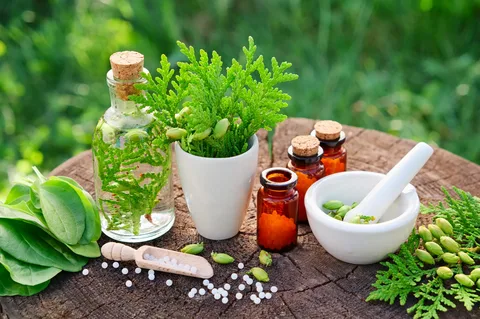Growing cucumbers is exciting, but it takes some attention to detail to get them off to a good start. Cucumbers grow fast and can reward you with plenty of refreshing fruit if they receive the right care early on. The seedling stage is critical because healthy seedlings mean healthy plants that withstand pests, diseases, and weather challenges. With the right attention, your seedlings will develop the resilience they need to thrive outdoors.
Preparing the Right Environment
- Light Requirements:
- Temperature Needs:
Watering Guidelines
Getting watering just right is one of the trickiest parts of growing cucumbers. Too much water can drown them, but letting the soil dry out too much causes wilting. When watering young seedlings, think of it as giving them a gentle drink rather than a flood. Check the soil every day by touching the top layer, if it feels dry, it’s time to water. A spray bottle works perfectly during the early days to mist the soil without disturbing the tender roots. As the seedlings grow, you can switch to a small watering can, but avoid pouring too much water at once. Make sure your containers have drainage holes. Nothing spells disaster for these seedlings like waterlogged soil, which suffocates the roots and invites fungal diseases like root rot. If you’re using seedling trays or small pots, place them on a tray to catch excess water, but always empty the tray to avoid standing water.Fertilizing Cucumber Seedlings
Fertilizing helps your seedlings develop sturdy roots and vibrant green leaves, setting the stage for healthy vines later on. The best time to start fertilizing is when seedlings develop their first set of true leaves. These leaves appear after the initial seed leaves and signal that your seedlings are ready to take in extra nutrients. A diluted liquid fertilizer, such as a 10-10-10 mix, works well for cucumbers. If you prefer organic options, seaweed or fish emulsion, fertilizers are also great. Just make sure the fertilizer isn’t too strong, as seedlings don’t need a heavy dose. Feed your seedlings every two weeks during the seedling stage. Be careful not to overdo it because too much fertilizer can cause fertilizer burn, leaving the leaves yellow and stressed. A little bit of food, given regularly, is all your seedlings need to stay on track.How to Prevent Common Problems
Even with the best care, these seedlings can sometimes run into trouble. Knowing what to look for can help you address issues early.- Leggy Seedlings:
- Damping-Off Disease:
- Yellowing Leaves:
















































